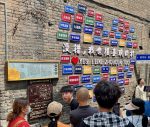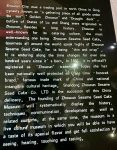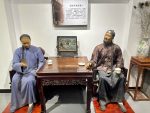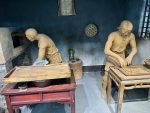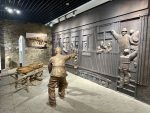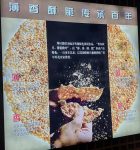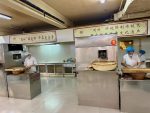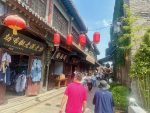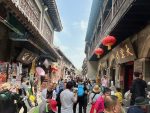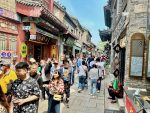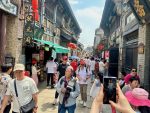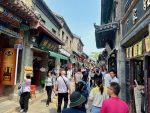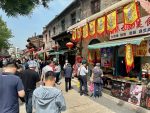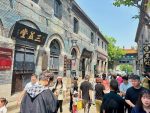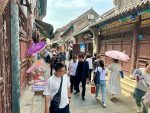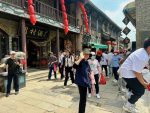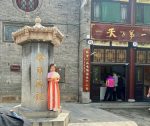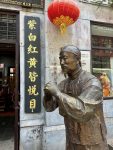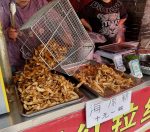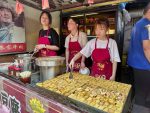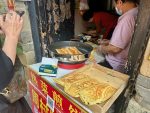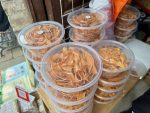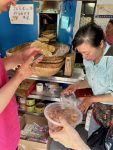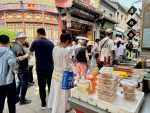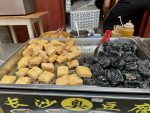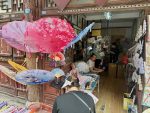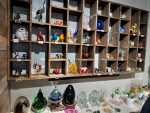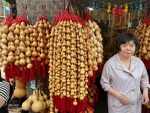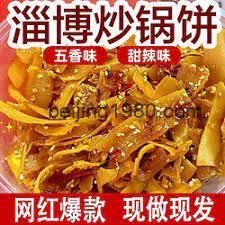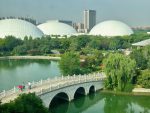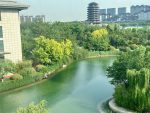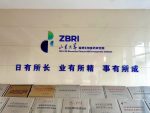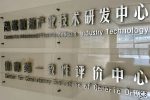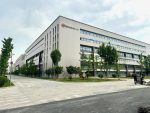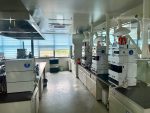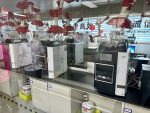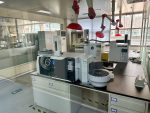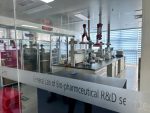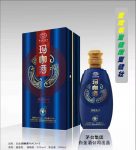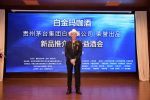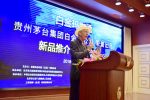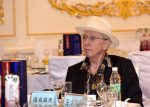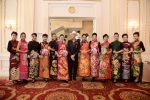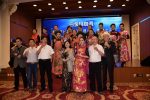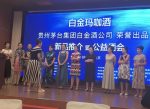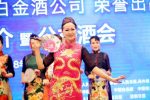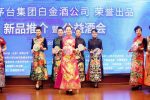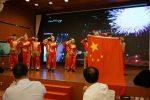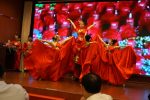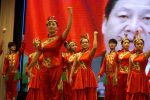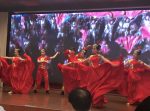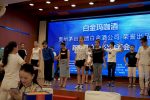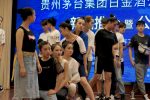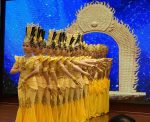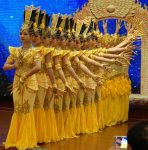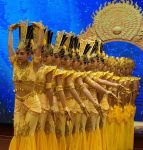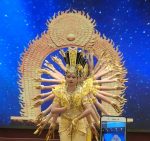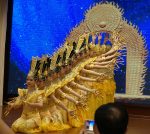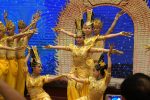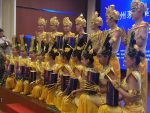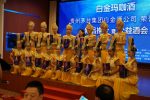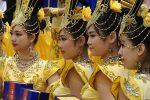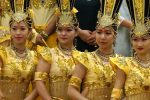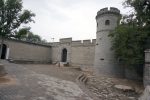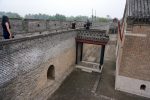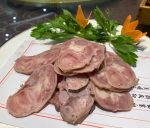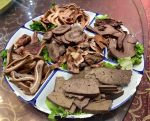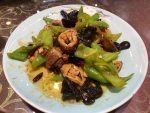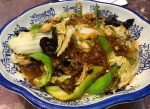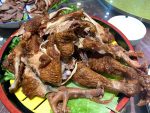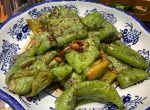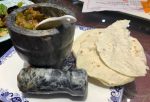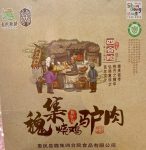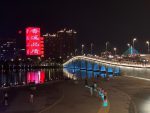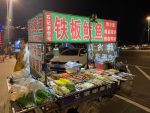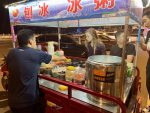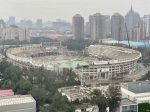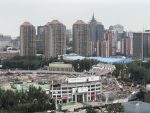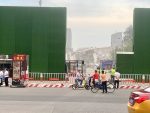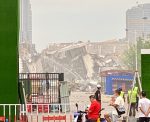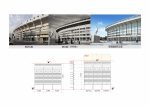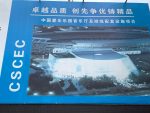Confusion
Few people seem to be aware we will have a new Beijing Workers Stadium, expected to be delivered by December 2022, to be ready for the July 2023 Opening Ceremonies for the 2023 Asian Cup Games. Many were confused why the old stadium was being demolished starting on 5 August 2020.
See how the Stadium looked like and the razing that took a few days only. They used water cannons to reduce the dust.
Well, blame the usual lack of communication by the Beijing Government. Some even say the secrecy is due to the fact the area is “owned by the military”.
The new stadium will be at the same location but with improvements to meet the needs of world-class professional football field.
However it is a fact there is a total lack of clarity how the area will be transformed as it is the location of many restaurants, discos, KTV and other outlets.
Also unclear is what will happen with the Gongti Indoor Stadium: they just started building a big fence around it.
I first reported on it here.
As far as I know most if not all of the venues will be closed at some point. That would also include Legend Beer, among others. It is said “The Workers Stadium will also become an open urban public space for mass sports and cultural activities and a new vitality center of the city.”
A long history and end of life
I have so many stories about that stadium. It was also my training ground to prepare for my marathons, having the complete stadium with its running track only for myself.
The main structure of the Workers Stadium had reached its service life.
It was designed by the Beijing Institute of Architectural Design and Research and was completed and put into use in 1959. It was the largest comprehensive stadium in the eastern part of Beijing. It had a standard football field, a 400-meter rubber track among others. The main building was 64,000 sqm. it was the venue for the first National Games and other large-scale sports events.
According to the Beijing Municipal Commission of Planning and Natural Resources, the main building of the Stadium was a concrete structure with a design life of 50 years. Since the 1990s, three structural reinforcements and one facility renovation have been carried out. Among them, in order to host the 2008 Beijing Olympic Games, the Workers’ Stadium has undergone comprehensive structural reinforcement in accordance with the 7-degree seismic fortification standard (the Beijing area is an 8-degree seismic fortification area) – the service life is 12 years. At present, the main structure of the Beijing Workers Stadium had reached the end of its service life, and there are potential safety hazards and obsolete facilities and equipment.
By 2018, the National Construction Engineering Quality Supervision and Inspection Center conducted a house inspection and appraisal of the construction. The conclusion was the overall structural safety and seismic resistance of the building seriously did not meet the relevant national standards. It also did not meet the requirements of the Asian Cup and other major international professional football matches. Therefore, it was urgent to upgrade.
The new stadium
After the transformation of the new Beijing Workers Stadium, the elliptical shape of the main building will remain basically unchanged, and it will meet the needs of the internal circular passage while maintaining the proportion of the facade.
At the same time, the reconstruction will keep the original characteristic elements of the construction body basically unchanged, and protect and restore the important characteristic elements, such as flagpoles, gate posts, sculptures, and architectural decoration components.
See a few pictures showing the future stadium and the surrounding area. While some may be “artist rendering” most of the existing structures in the area seem to be gone except for the two main buildings of former “Gongti Yibai”.
You can also see the large new underground facilities with the connection to the new subway lines (should be Line 3 and Line 17, all currently under construction).
See also a view on the new facility being built by CSCEC on the East side of the Stadium: “China Philharmonic Orchestra Concert Hall and Rehearsal Facilities”.
Nobody talks about this…
And a lot is going on also in the South East corner of the Gongti area. No idea what is coming there.
Sources, among other:
http://www.bjnews.com.cn/news/2020/08/20/760571.html
https://xw.qq.com/cmsid/20200807A0GC8Z00?ADTAG=amp
I keep you posted!
